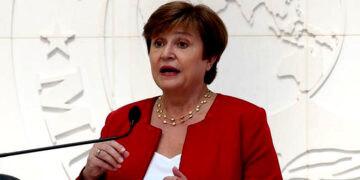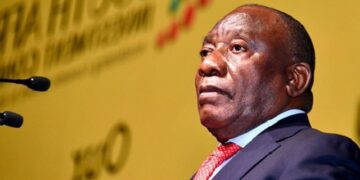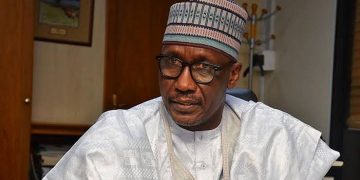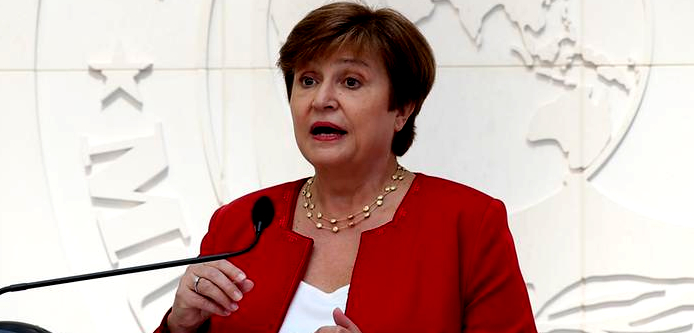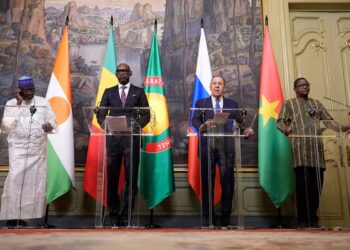The International Monetary Fund has raised Nigeria’s growth forecast for 2021 to 2.5 per cent from 1.5 per cent earlier announced in January.
This was contained in its World Economic Outlook (WEO) released by the organization, yesterday, in which it , however, slightly reduced next year’s growth forecast from 2.5 per cent to 2.3 per cent.
The new growth projection is 1.0 per cent higher than the multilateral institution’s 2021 forecast in January. January’s forecast was a downward review from the forecast it shared in October 2020.
The report also projected a 16 per cent consumer price for the country in 2021.
While projecting an improved global growth, the IMF noted that it was one year since COVID-19 was declared a global pandemic.
However, it added, the outlook presented daunting challenges related to divergences in the speed of recovery both across and within countries and the potential for persistent economic damage from the crisis.
“The upward revision reflects additional fiscal support in a few large economies, the anticipated vaccine-powered recovery in the second half of 2021, and continued adaptation of economic activity to subdued mobility. High uncertainty surrounds this outlook, related to the path of the pandemic, the effectiveness of policy support to provide a bridge to vaccine-powered normalization, and the evolution of financial conditions,” the Fund said in its latest WEO which was released as part of the on-going virtual Spring Meetings of the World Bank and IMF.
After an estimated contraction of –3.3 per cent in 2020, the global economy is projected to grow at six per cent in 2021, moderating to 4.4 per cent in 2022.
“The contraction for 2020 is 1.1 percentage points smaller than projected in the October 2020 World Economic Outlook, reflecting the higher-than-expected growth outturns in the second half of the year for most regions after lockdowns were eased and as economies adapted to new ways of working.
“The projections for 2021 and 2022 are 0.8 percentage point and 0.2 percentage point stronger than in the October 2020 WEO, reflecting additional fiscal support in a few large economies and the anticipated vaccine-powered recovery in the second half of the year.”
It added, “Global growth is expected to moderate to 3.3 per cent over the medium term – reflecting projected damage to supply potential and forces that predate the pandemic, including aging-related slower labour force growth in advanced economies and some emerging market economies.
“Thanks to unprecedented policy response, the COVID-19 recession is likely to leave smaller scars than the 2008 global financial crisis.
“However, emerging market economies and low-income developing countries have been hit harder and are expected to suffer more significant medium-term losses.”
The IMF also said about 95 million people are likely to fall below the extreme poverty threshold during 2020–21.
“Higher debt service costs are also expected to constrain their ability to address social needs, including rising poverty and growing inequality, or to correct the setback in human capital accumulation during the crisis,” it said.
